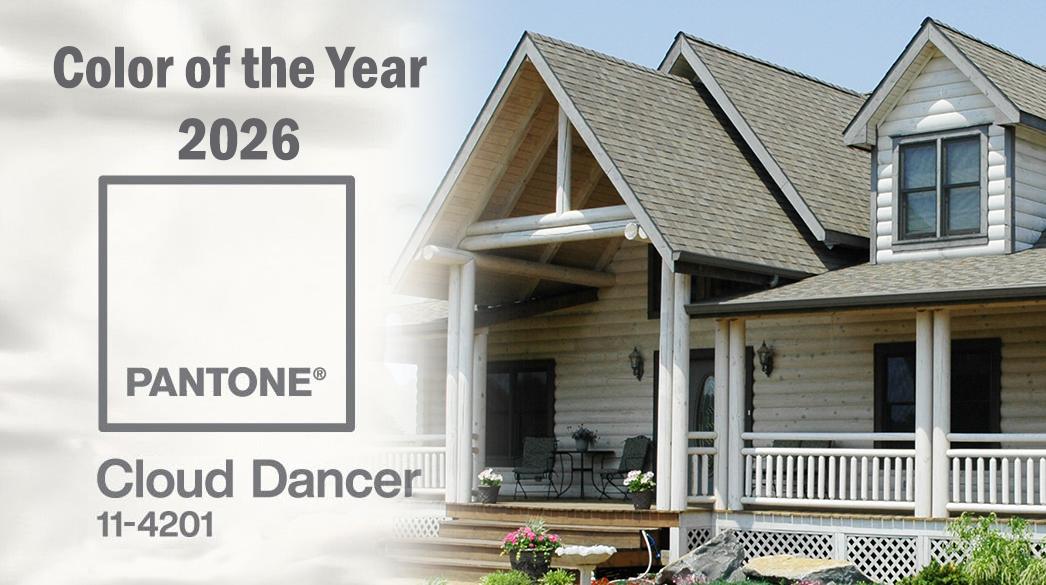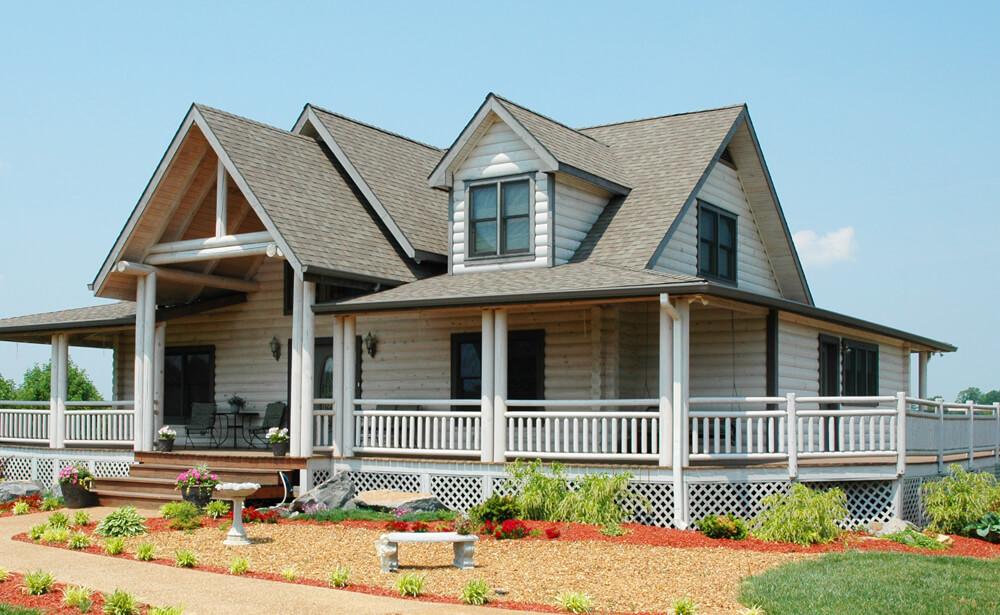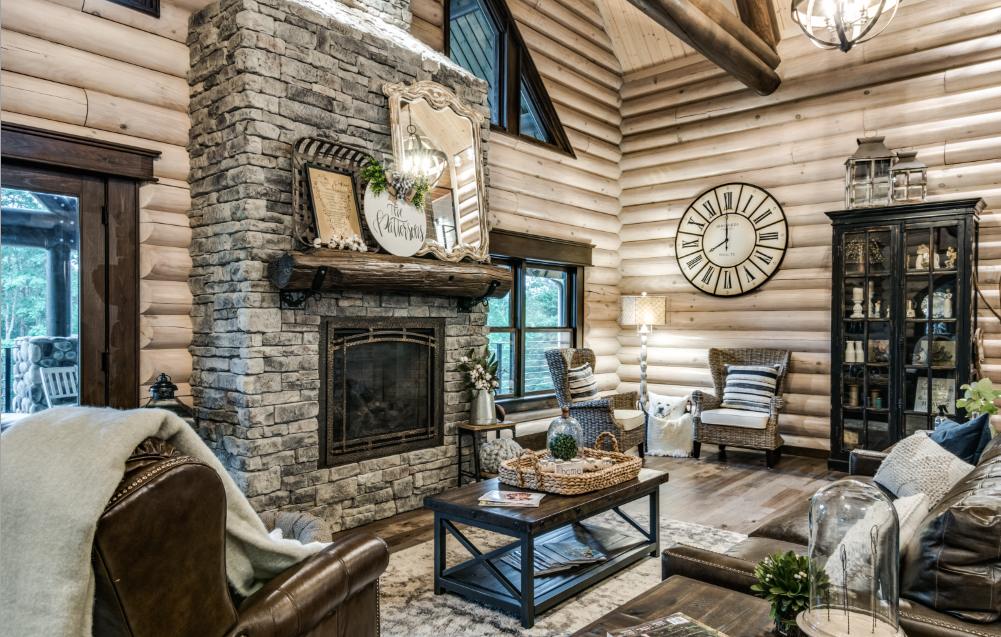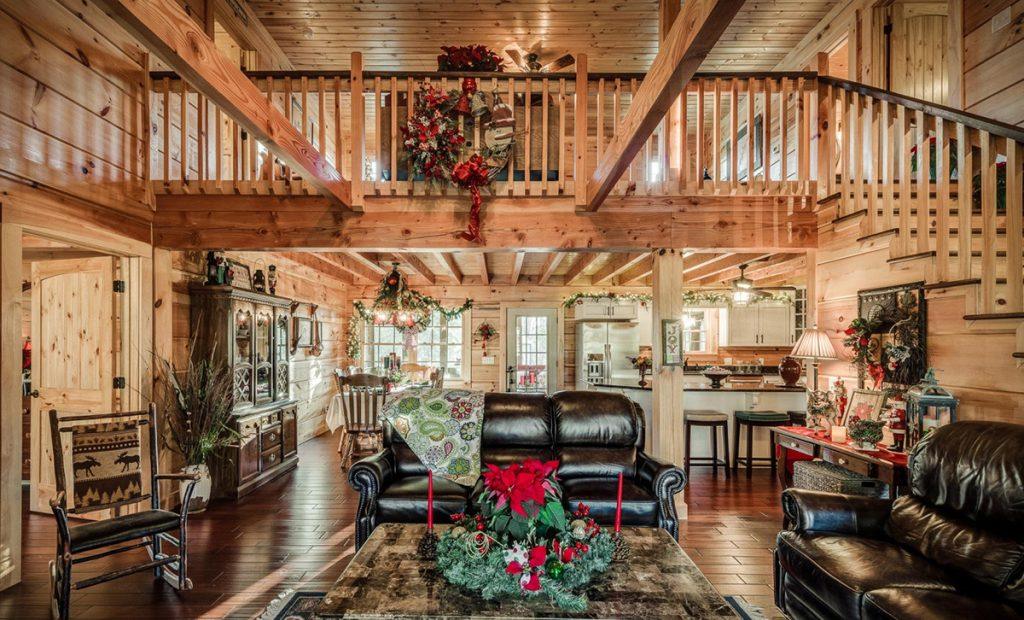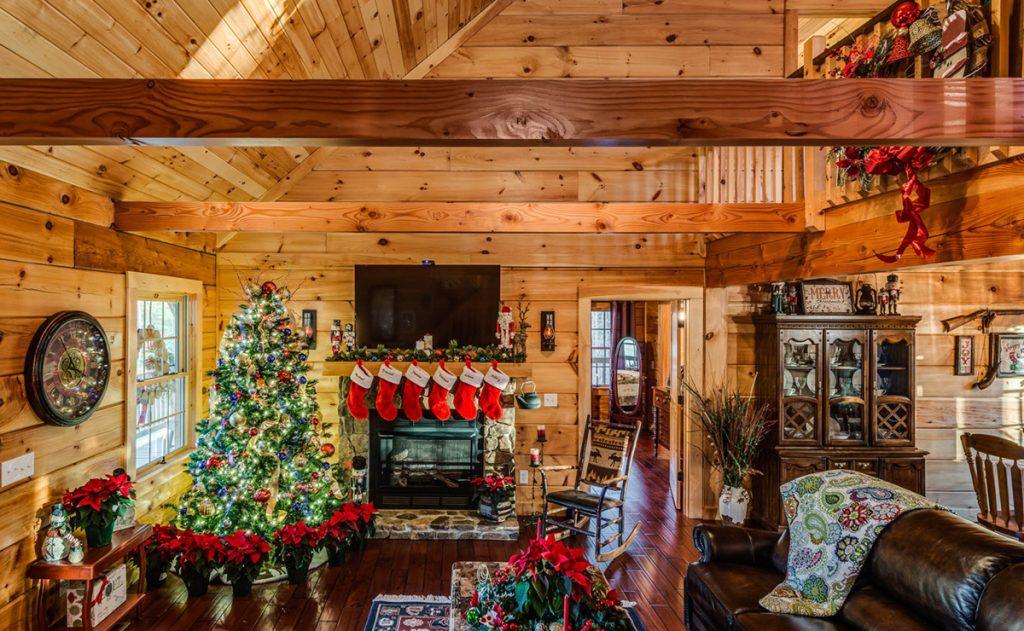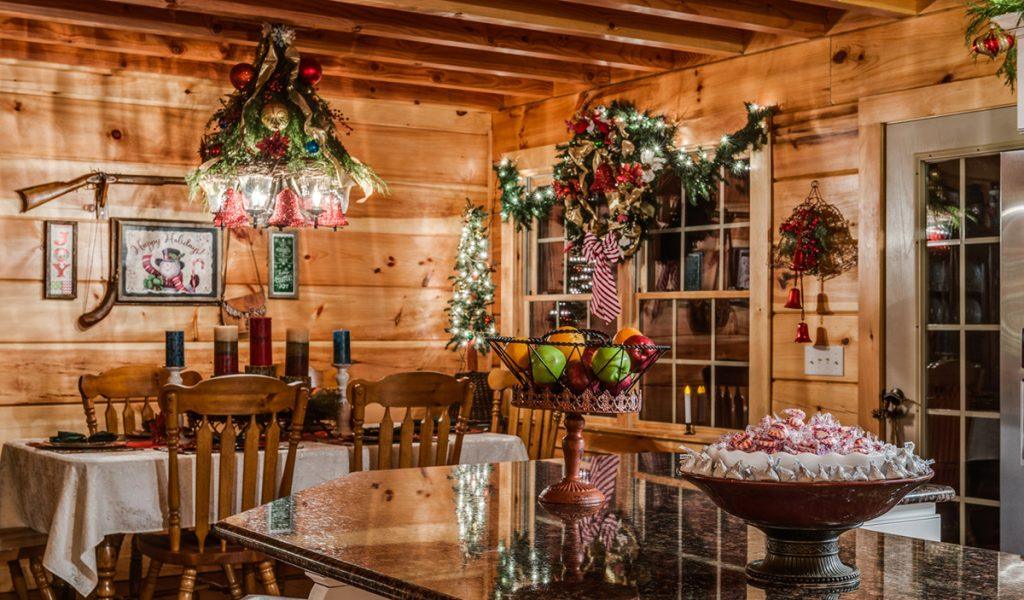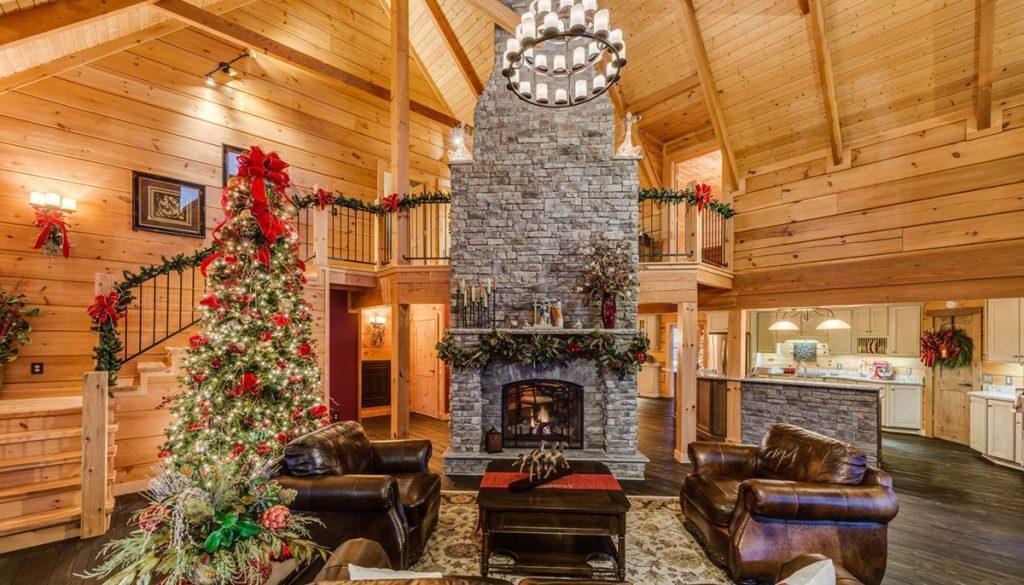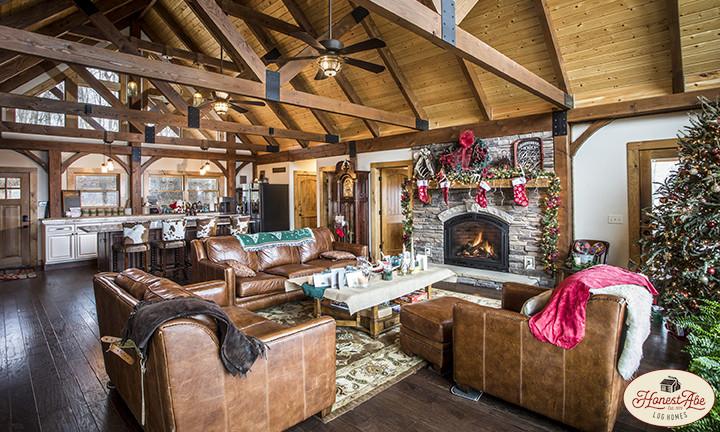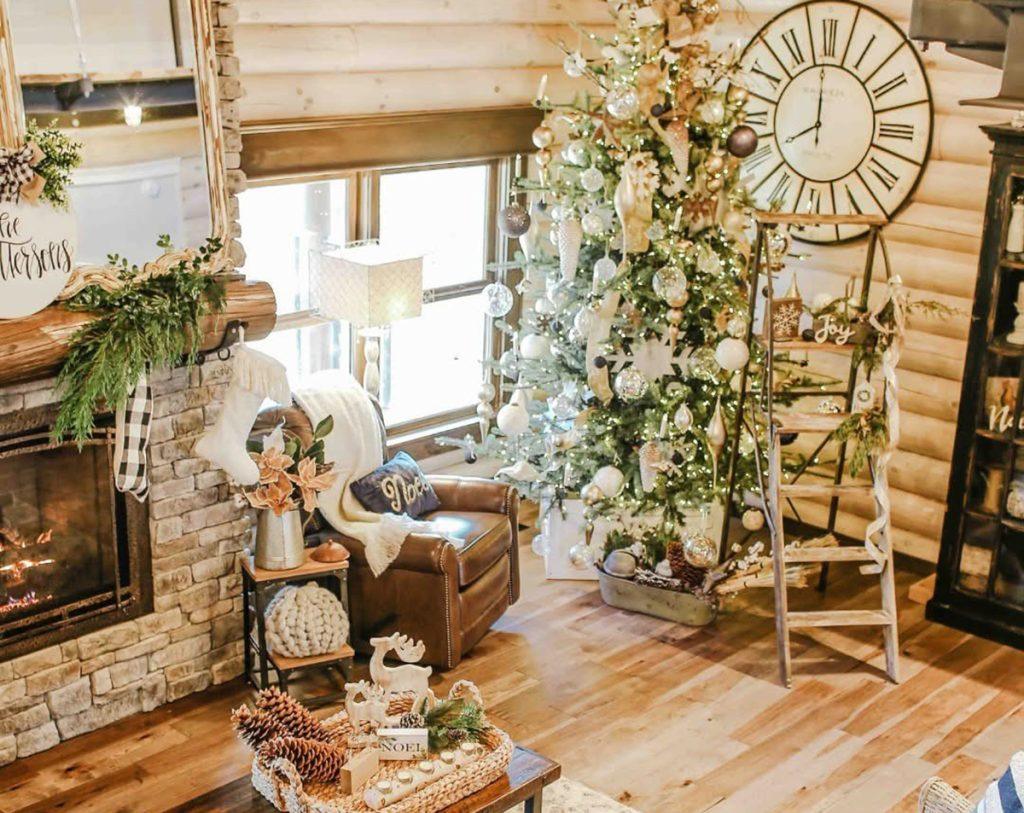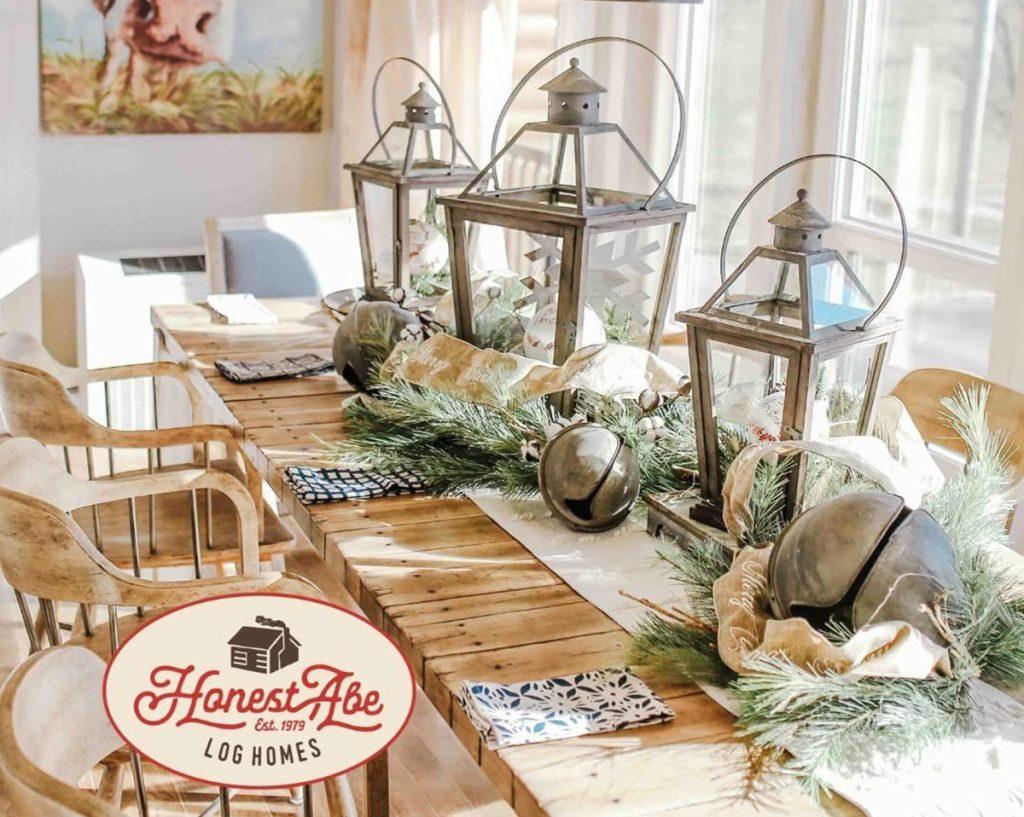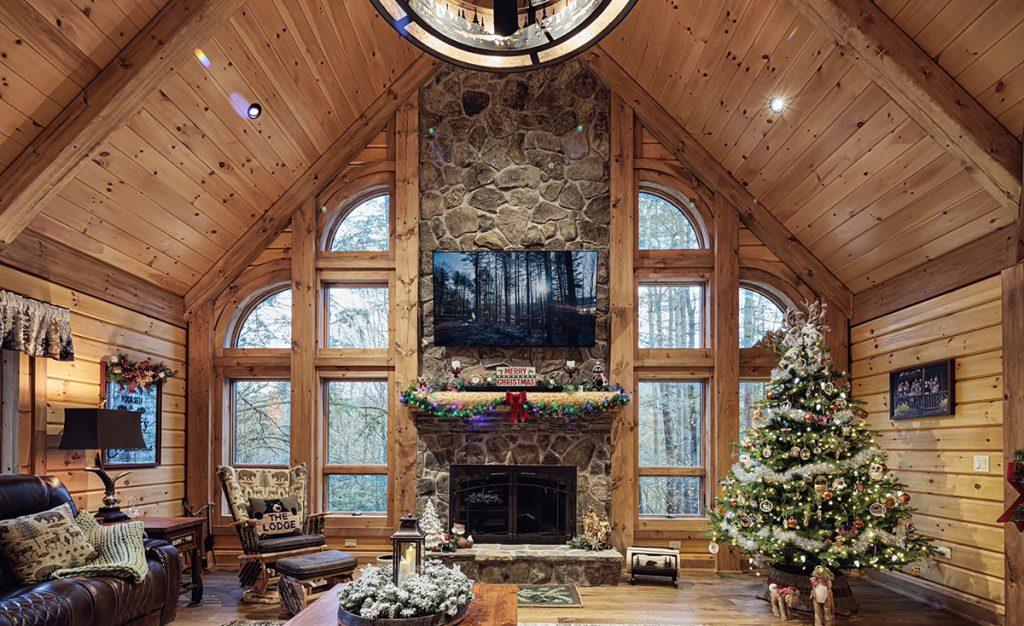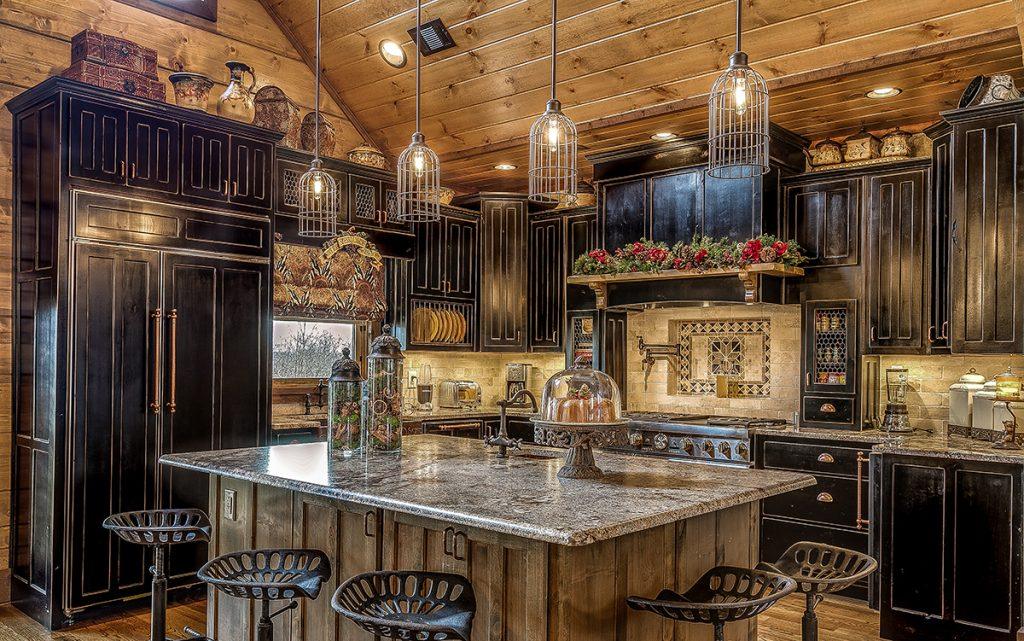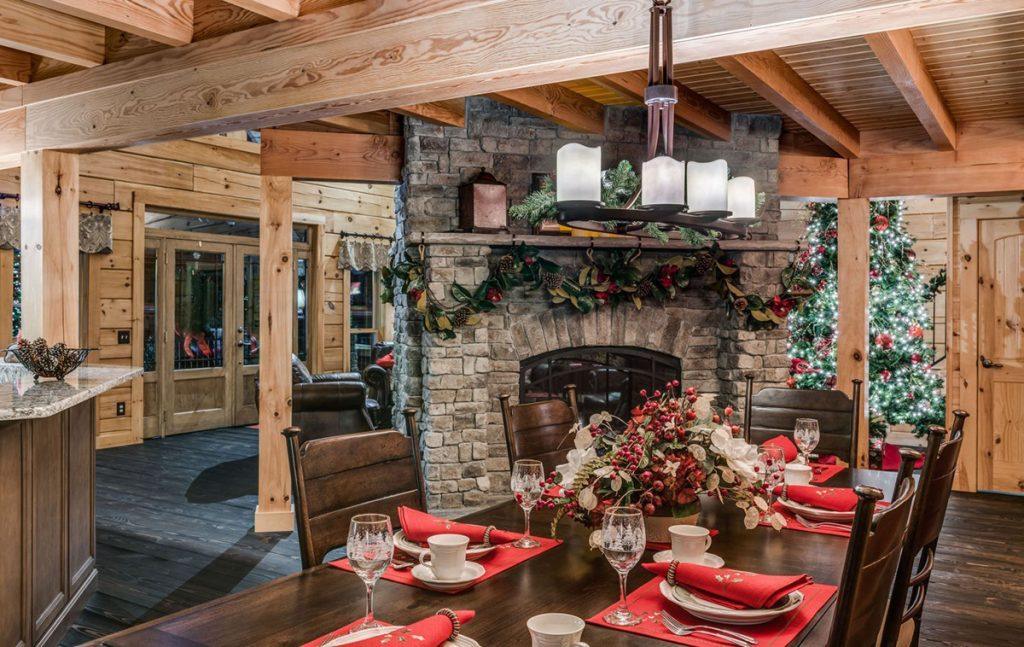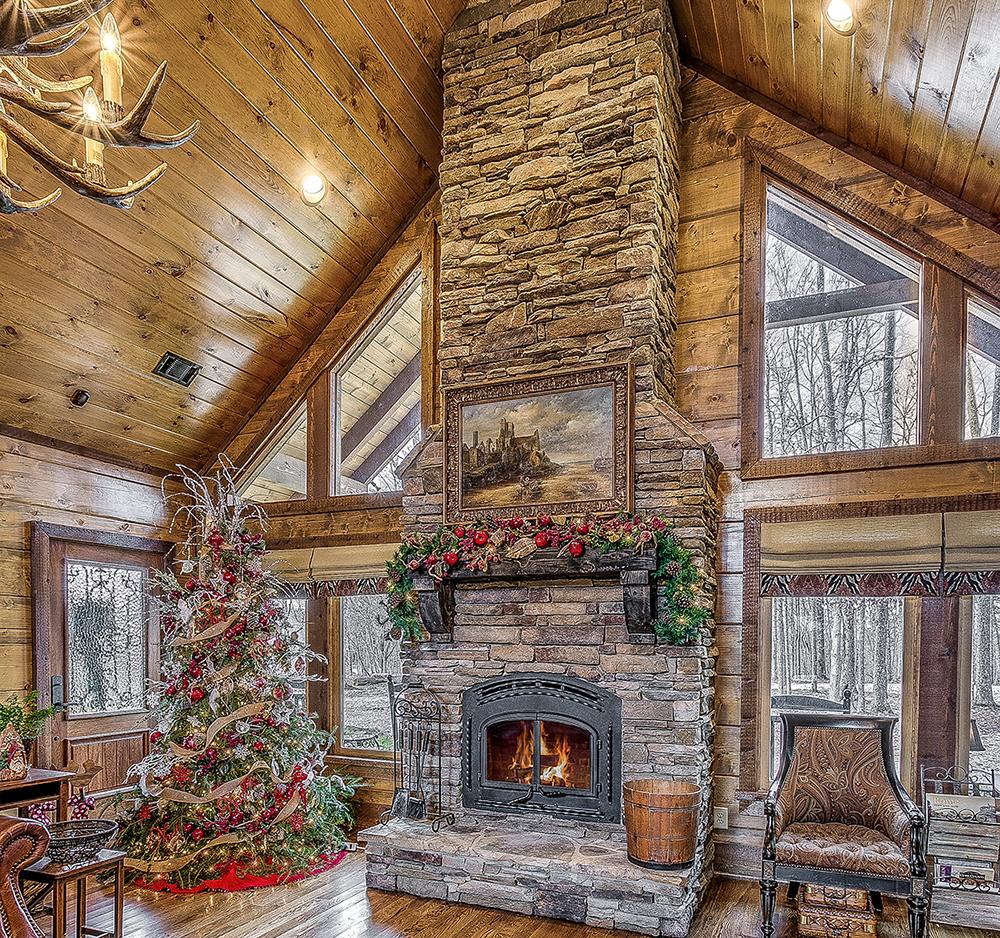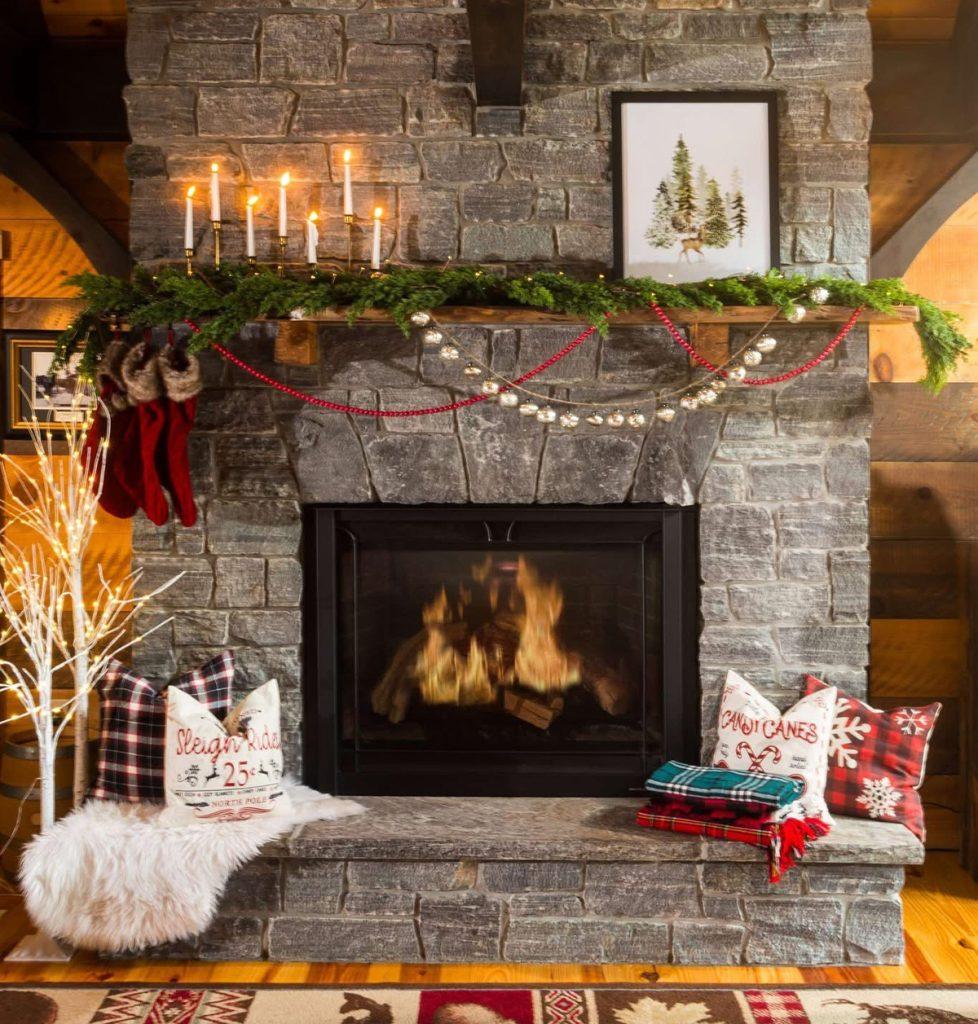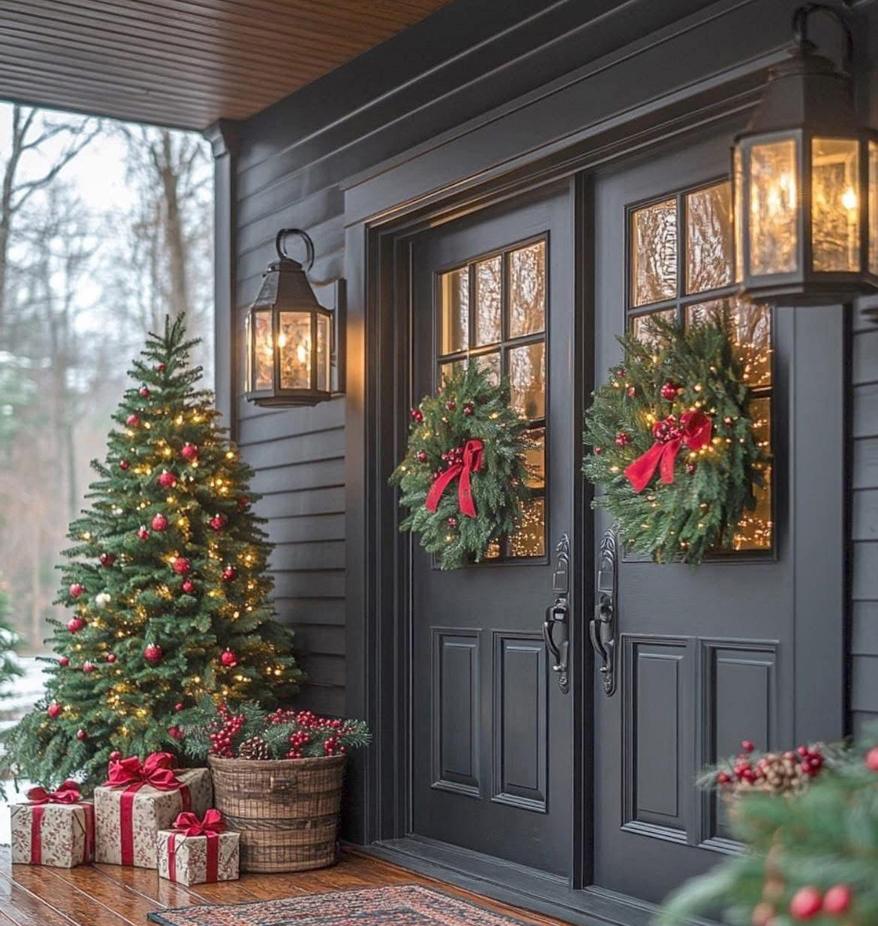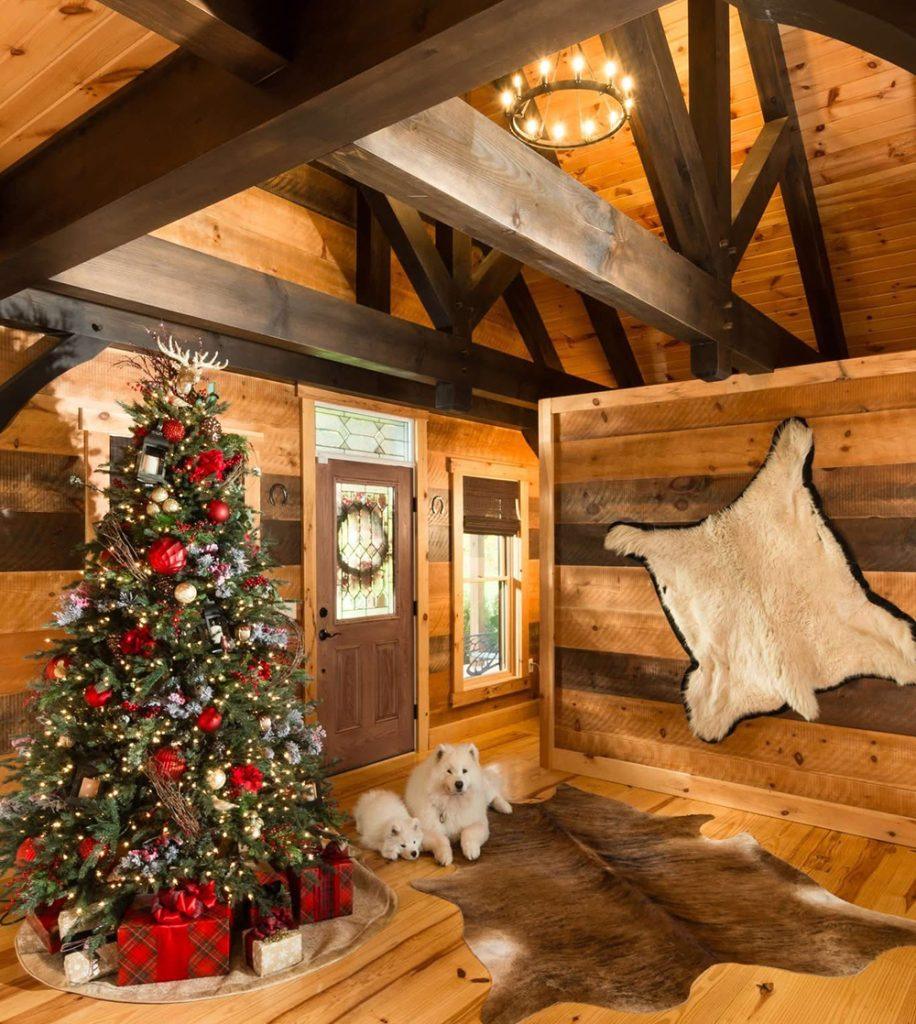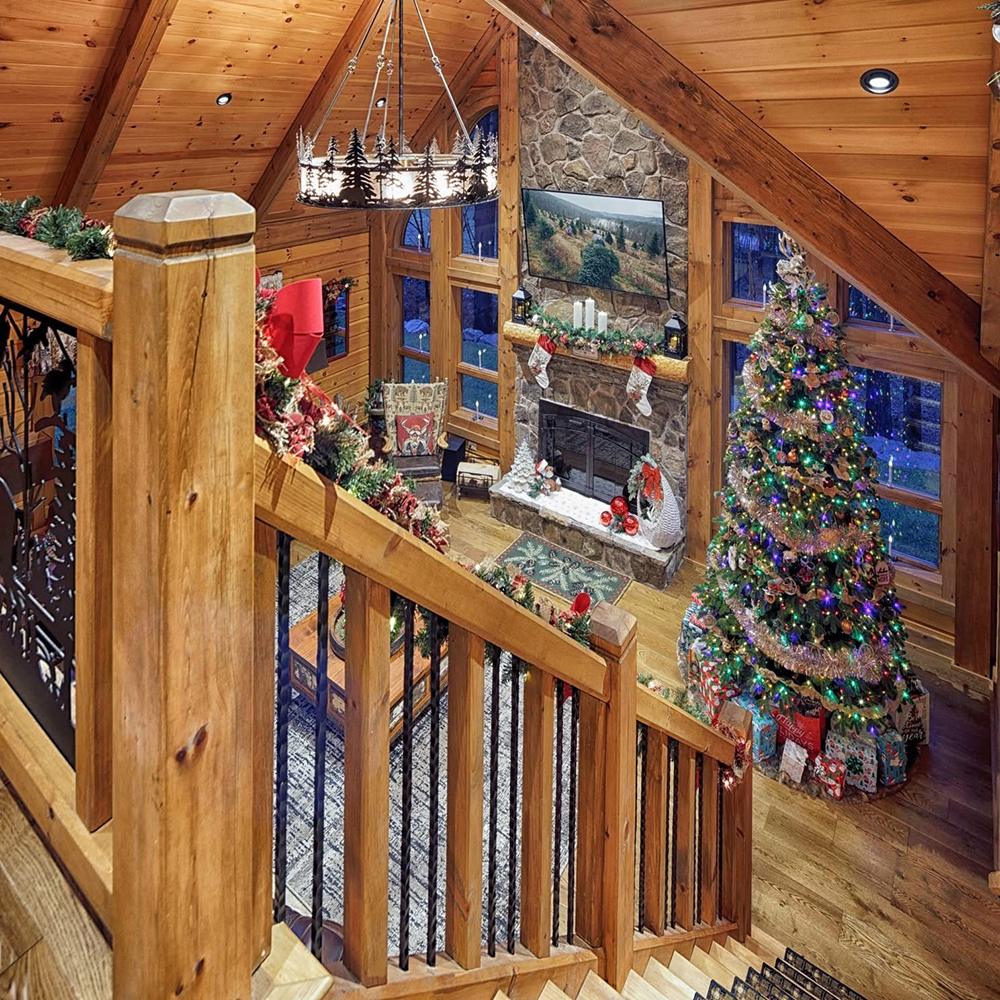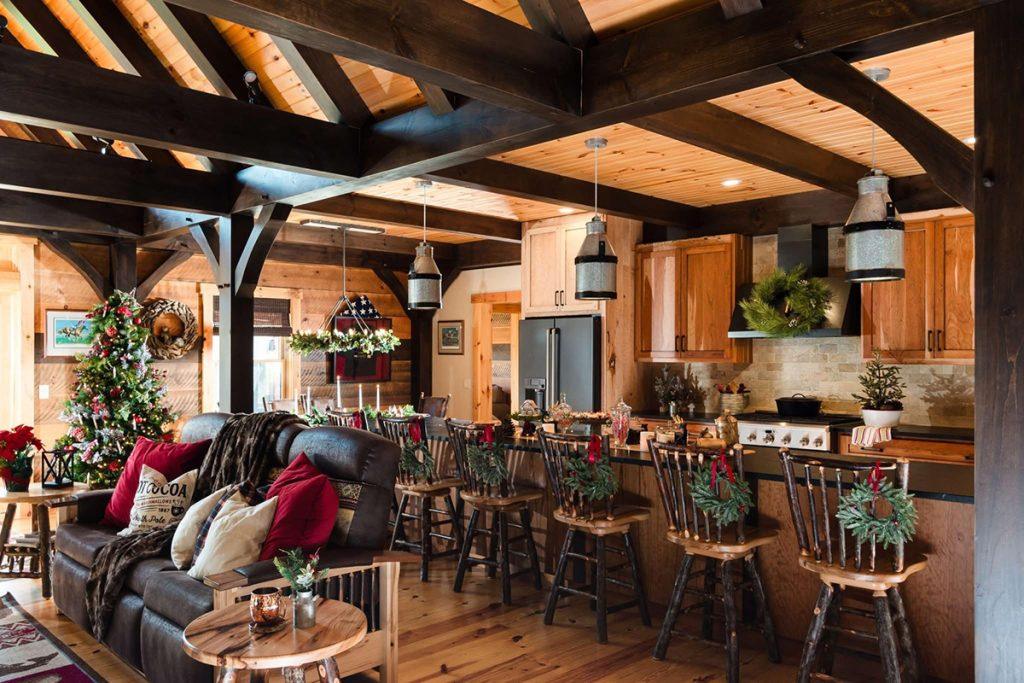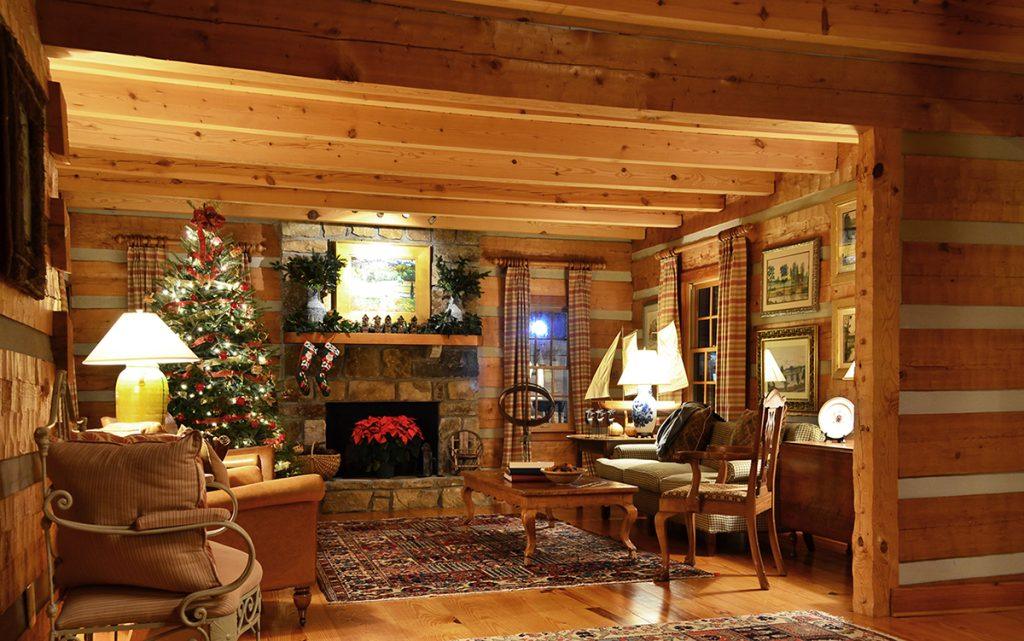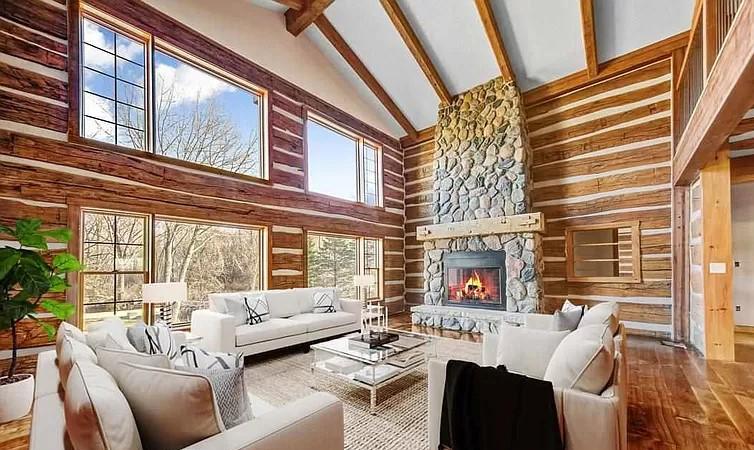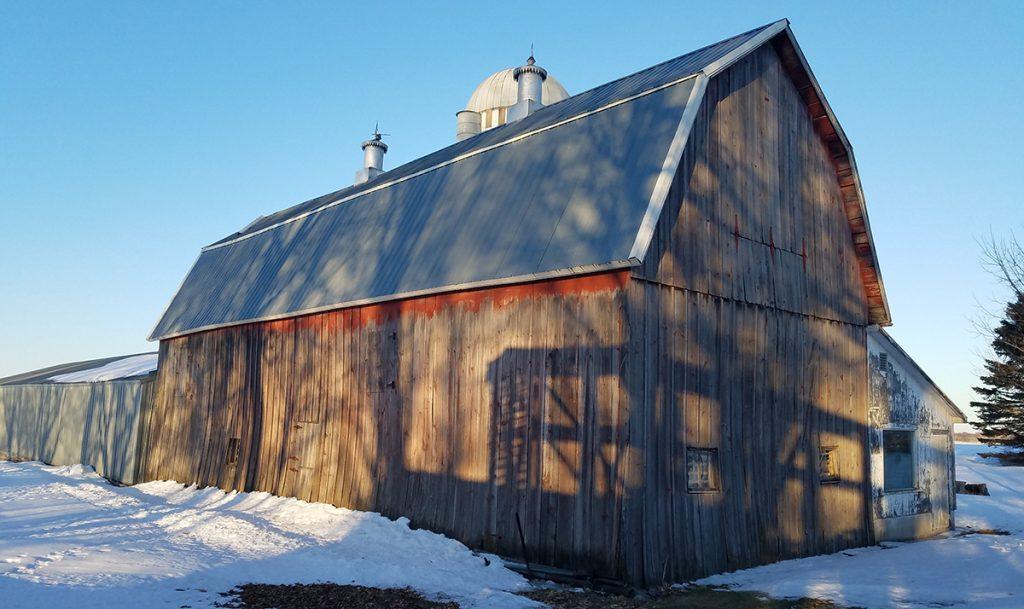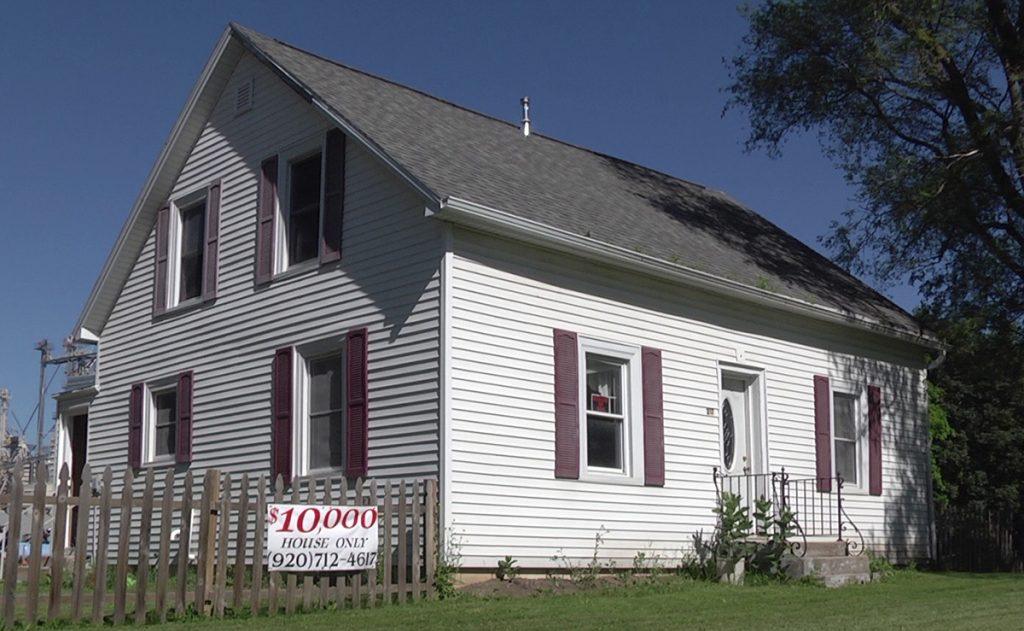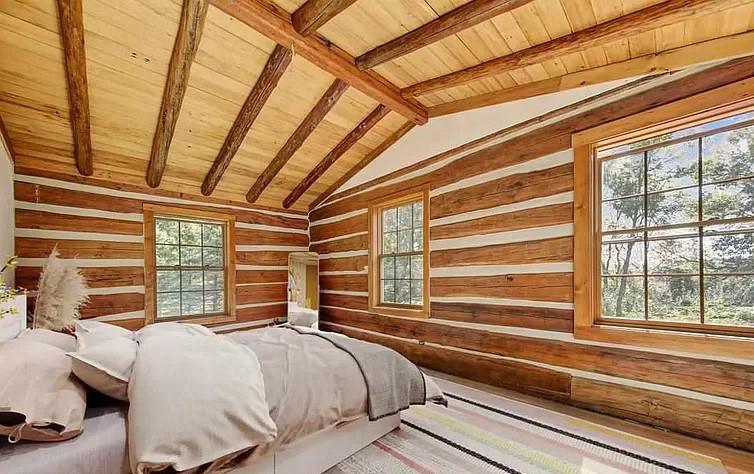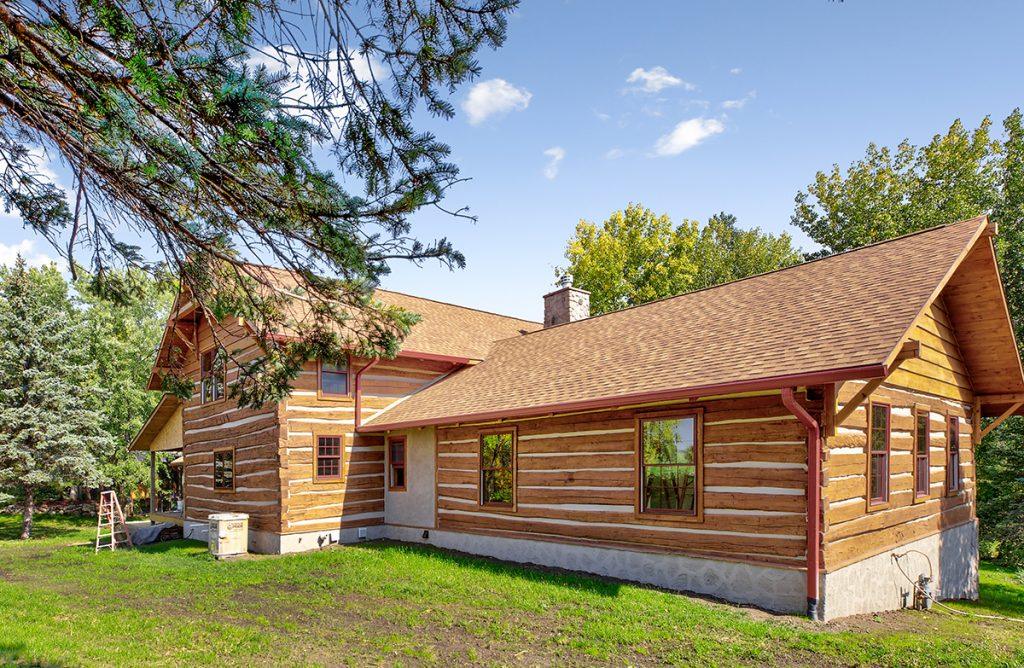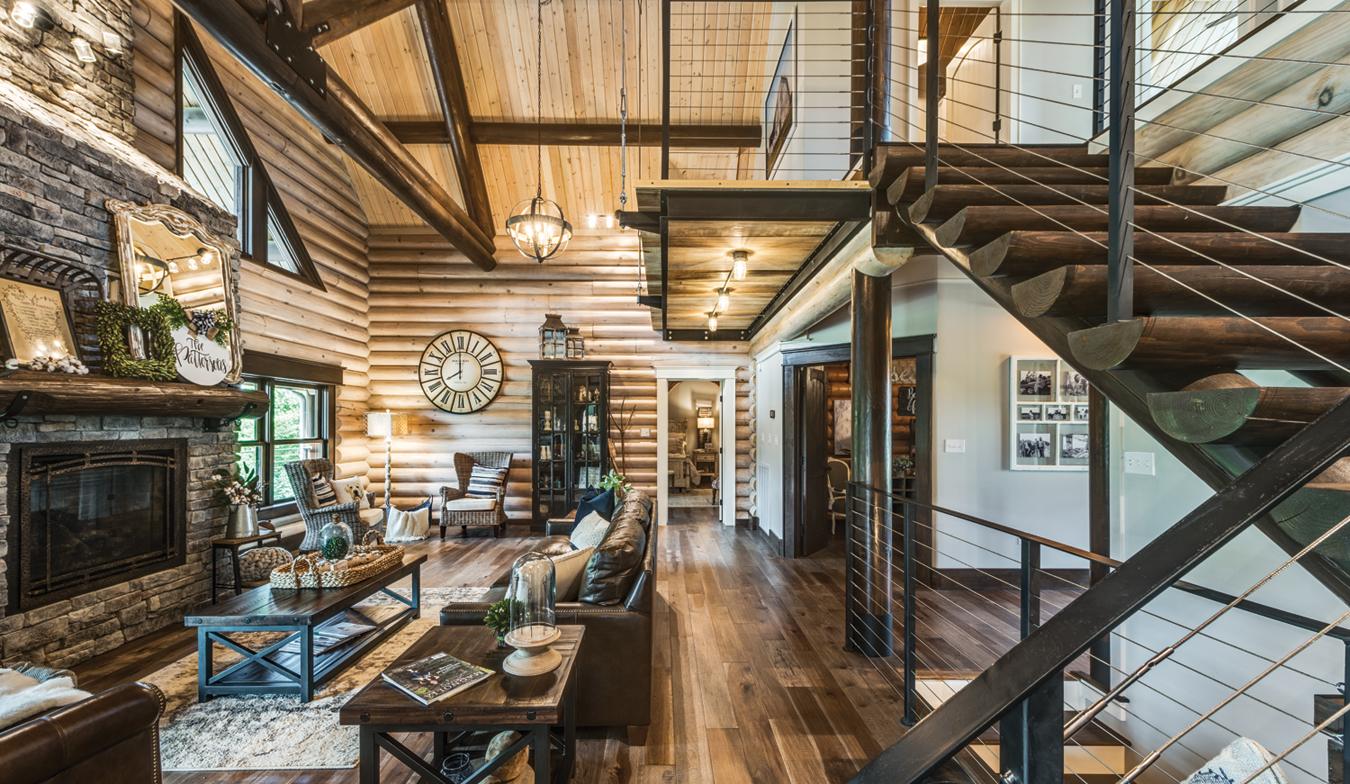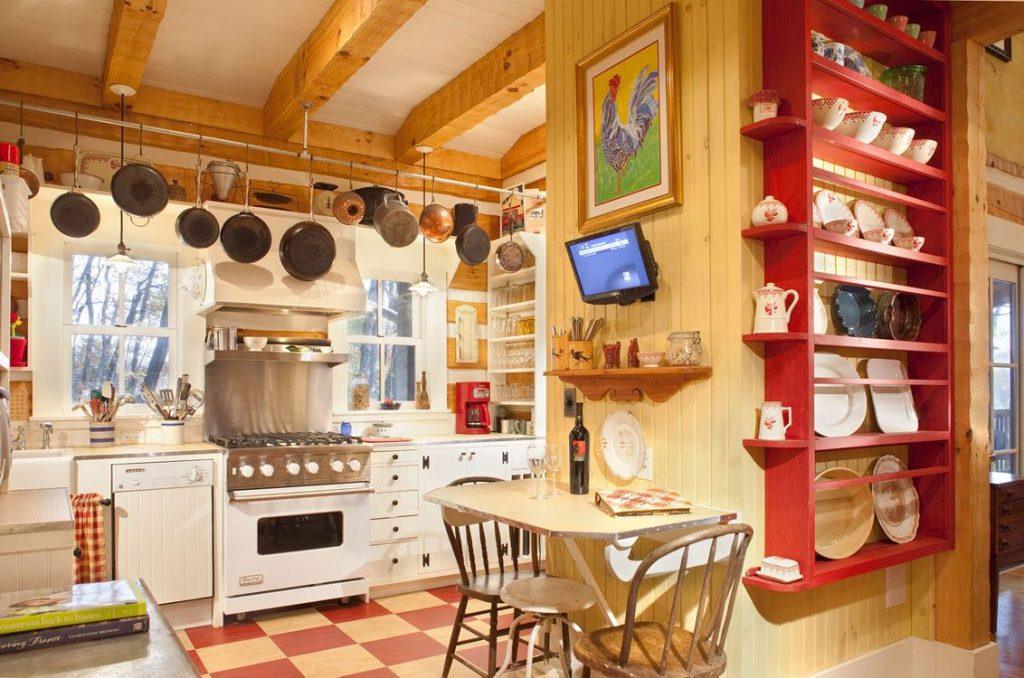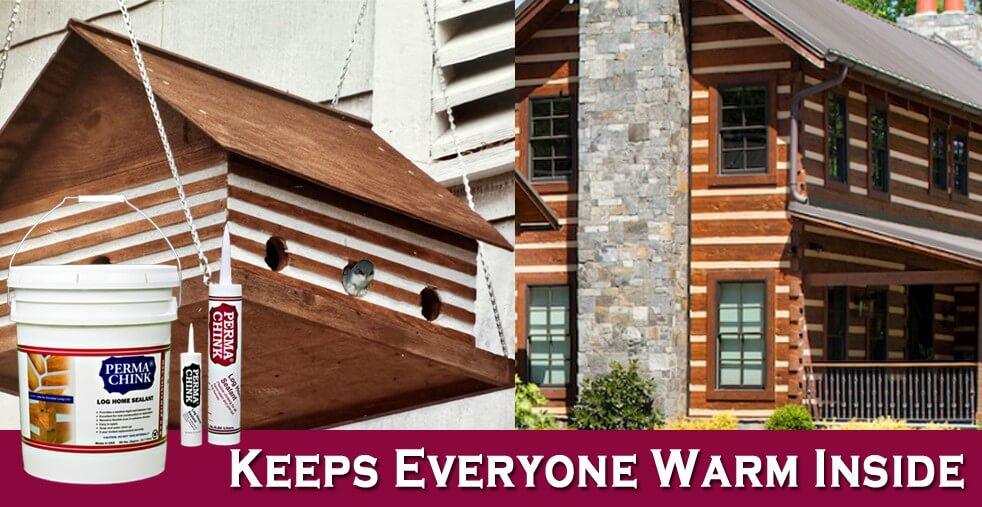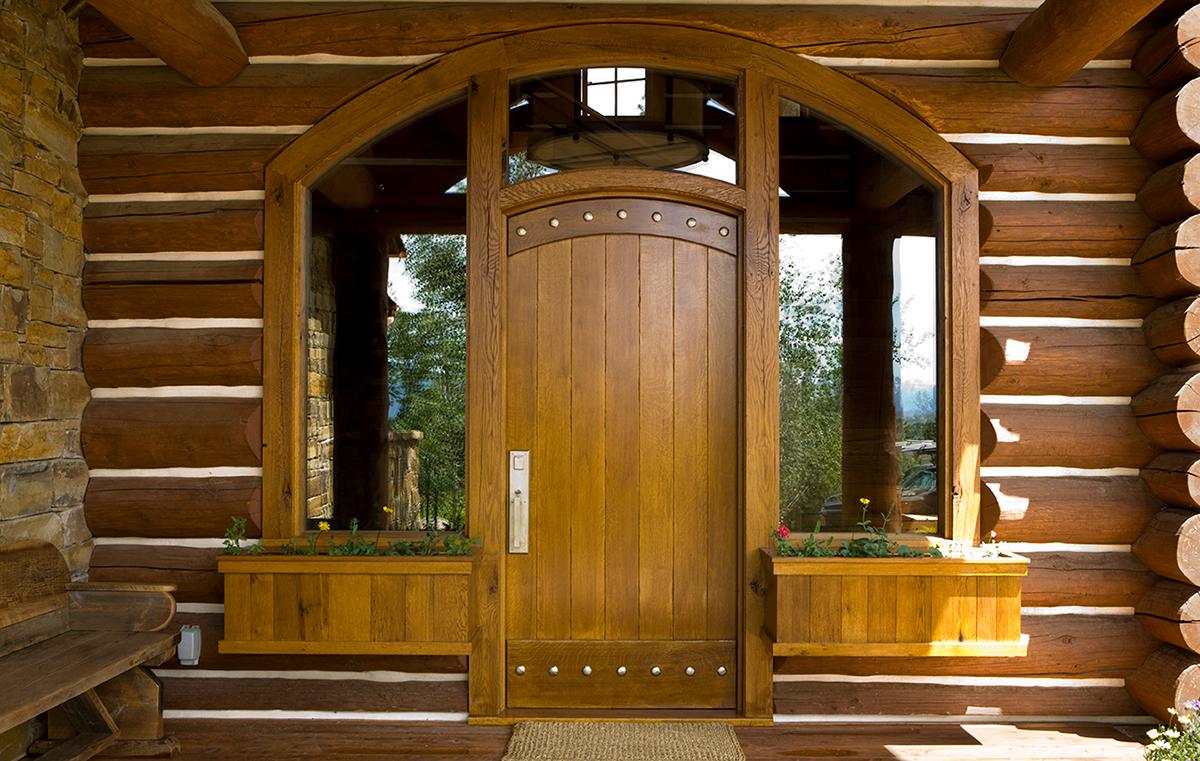By Tony Huddleston
VP of Sales and Operations, Perma-Chink Systems
Log home living in today’s world can be linked to the same pioneer spirit that helped many of our ancestors forge a new world. The spirit that dwells in so many of us tells us that we want something different from all the rest. Something that enables us to have a different way of expressing our lifestyle that embodies the individuality in some of us that separates us from the masses.
The months or years that are spent researching log home styles, construction methods, visits to dealers and talking with homeowners about their homes are brought to reality when we finally move into a new log home. Hopefully during our quest for the home we wanted that our dealer advised us to plan for maintenance and to design our homes to be “maintenance friendly”. After all we, like our homes are not going to be forever young, so planning for maintenance down the road will pay off big dividends in years to come.
Today’s log homes are not the same homes our ancestors built, as they were often built strictly as a necessity for their families. There were very few thoughts as to anything other than shelter and protection from the elements as well as other predators. Log homes of today are engineered to be structurally sound and take advantage of energy-saving features, much the same as other homes. They are no longer viewed as “cabins”; they are primary homes and second homes or vacation getaways.
Having said that, all of the engineering, planning, and choices you make should also include planning for scheduled maintenance on your home. Maintenance should not be viewed as a chore or just an expense, it should be considered as an investment in your homes’ longevity and value. Properly cared for; log homes will appreciate in value, rather than depreciate. Download the “Inspection Checklist” in PDF here.
If you are new to the lifestyle of log homes, then possibly you may be new to the care and feeding of a log home and may have some questions or reservations as to how this should be done. With a little planning and timely execution it is not as difficult as it may seem.
Starting with the basics; a walk around your home at least twice a year will help you become acquainted with your home and the condition of the sealants and finishes. If you do see something, get up close and personal to see what is happening. Pay close attention to the South and West sides of your home as that is normally the areas that catch most of the sun, and the ultraviolet rays that come with sunlight will cause those areas to show the quickest signs of needing maintenance. Many folks are under the impression that you always have to re-stain the entire home; when in fact all you may need is a touch up on the weathered side.
During your walk around, pay attention to the sealing system on your home, especially around doors and windows. As checking and fissure development is a naturally occurring process in large timbers, make note of any checks that face upward to catch water and hold moisture that may cause problems. Take special note of any that run behind door and window trim that may allow moisture to work its way to the interior. Also look for any telltale signs that your stain or finish is beginning to need attention; fading, peeling, or dark areas under the finish are good indicators that mean it is time for a maintenance coat.
Plan on washing your home at least once a year to remove all pollen, dirt and other airborne pollutants that may have settled on the surface, and no it does not always mean you have to pressure wash the home. Log Wash™ and a garden hose will remove most unwanted contaminants without hurting your homes finish. Many of the cleaners available today are not suited to clean your home, as they are often very aggressive and may contain chemicals that will be harmful to the finish as well as the landscaping. And contrary to some popular beliefs, bleach is not a cleaner and should not be used as it is not only dangerous to the user, but it also harmful for the environment and the wood on your home.
Any landscaping such as shrubs, bushes and vines should be trimmed back so as not to interfere with air circulation on your walls. The walls should be allowed to have good air circulation and landscaping that is touching the home will; over time scuff the finish and provide too much moisture to remain on the surface.
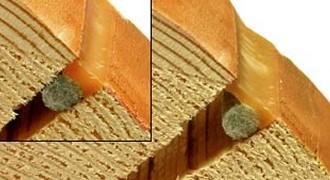
Remember those upward facing checks mentioned earlier? Those should be filled with Check Mate 2™ as it will standup to the natural opening and closing movement during climatic changes in weather. Inexpensive caulks may not fill the bill in this application, and actually may do more harm than good by creating troughs to catch even more water. Select a product that is designed for that purpose; and follow the directions provided to achieve success. Again any sealant that needs replacing or repairing should be done at the same time as well.
While you are doing your walk-around; look for any evidence of insect activity that could be the start of some unpleasant results. Things to look for include sawdust or “frass” that may be left from the activity of powder post beetles, also look for any signs of termite tunnels that lead from the ground up to the base log or lower plate. Take the proper action to eradicate these types’ of pests by calling the local pest control guy to help you with removal and prevention. Carpenter ants are pesky insects that do not actually eat the wood for food purposes, but they do damage by creating nesting areas in and around the home. Keeping your finish in good shape to prevent moisture accumulation will help to deter these pests, and all insects need water to survive. Store firewood away from the house as it is a haven for insects.

In today’s economic situation, energy conservation has become paramount due to higher energy cost, so you might consider having an energy audit on your home that includes a blower door test to locate any areas that are allowing air to enter or leave the home. In case you are wondering what a blower door test involves, a technician will install a seal over one door in your home and draw a vacuum on the entire structure. Once a certain level is obtained they will use an infrared camera and check for temperature changes that may indicate a leak. The results will be entered into a software program and it will be determined how much energy you may be losing, and solutions will be offered as to remediation. Many of the leaks can be easily sealed or eliminated by other means, so it does not always involve spending a lot of money. And yes, all homes and buildings do leak in some areas, no matter what construction type they are.
In summary, creating a simple maintenance plan for your home will eliminate the need for more expensive maintenance needs as time goes on. As the very old saying goes, “an ounce of prevention is worth a pound of cure” is also true on log home maintenance. Keep it simple, and keep it small and your home will love you for it.


